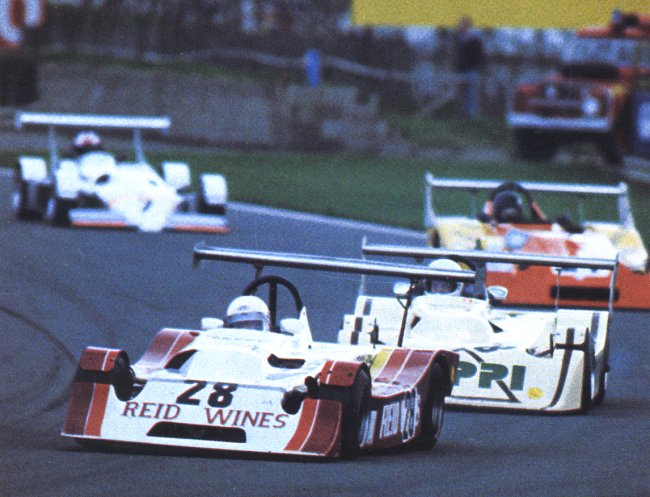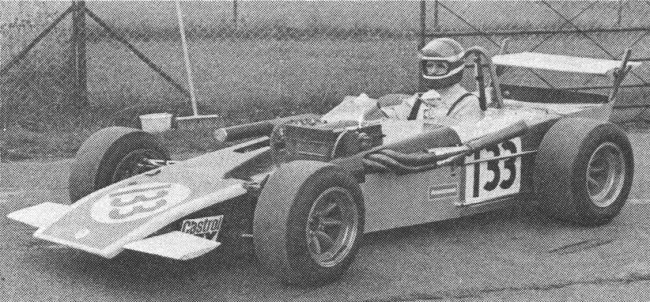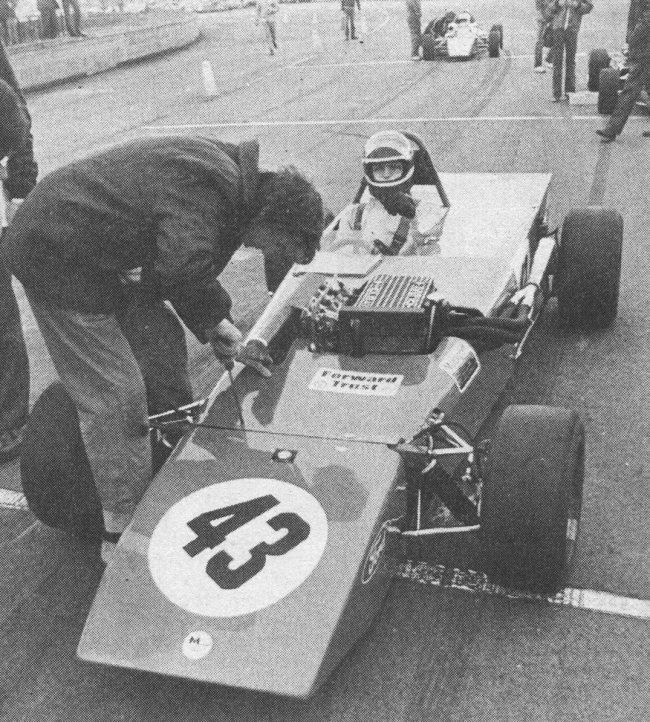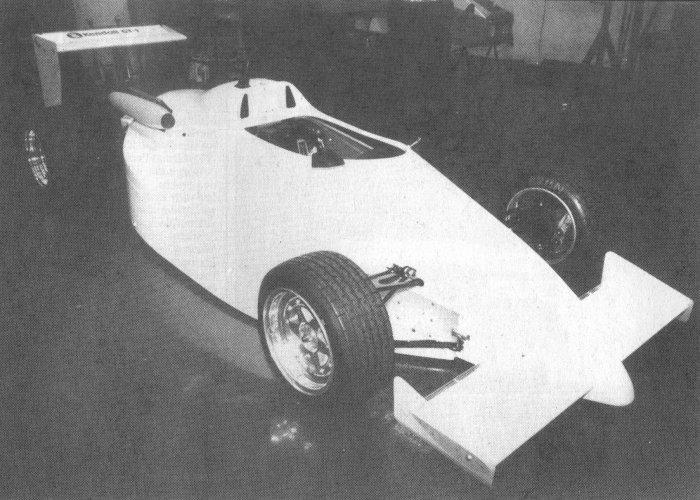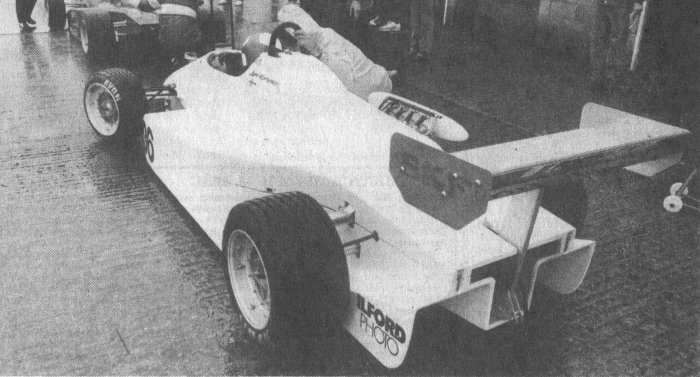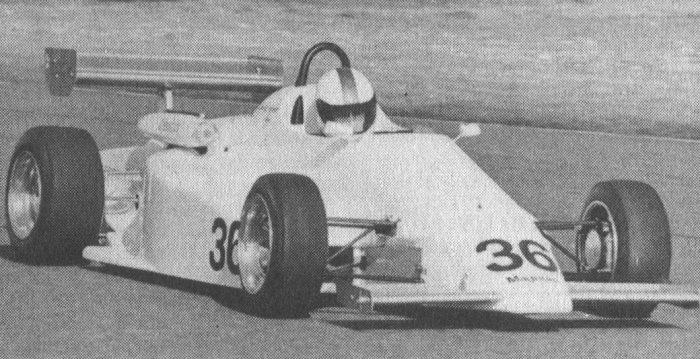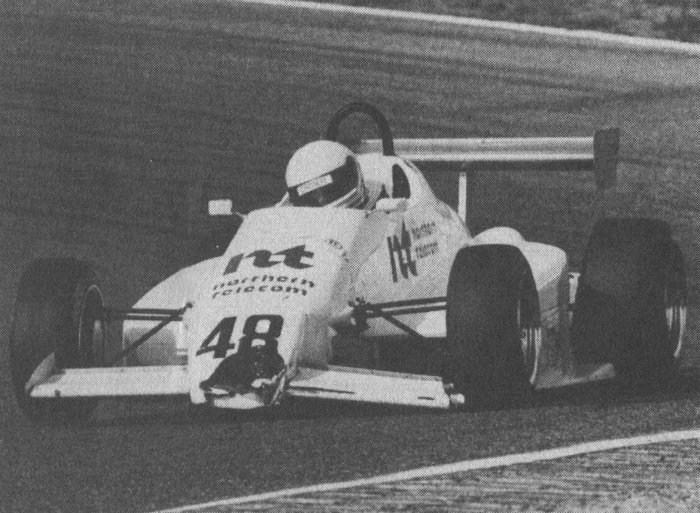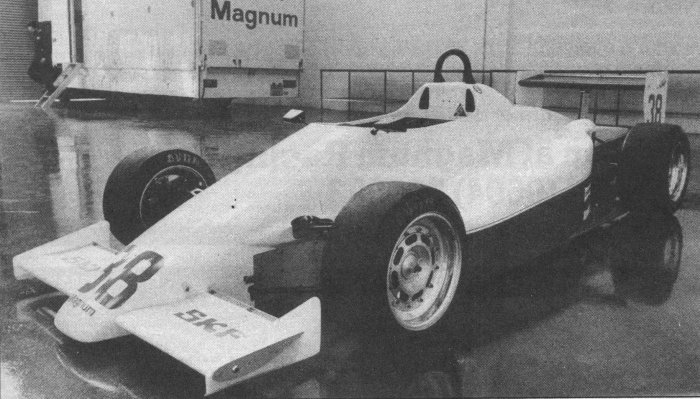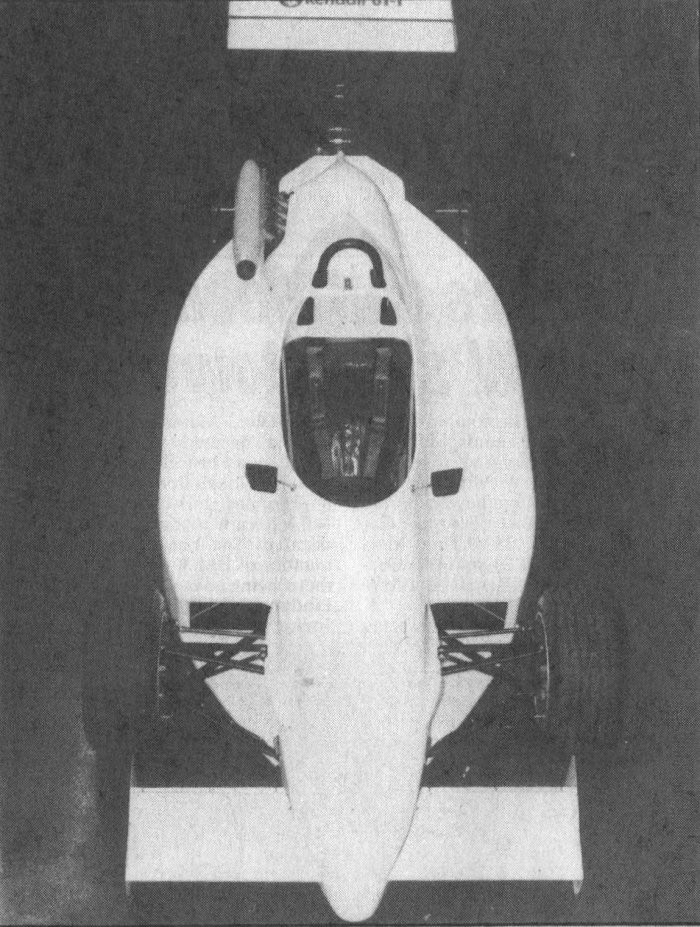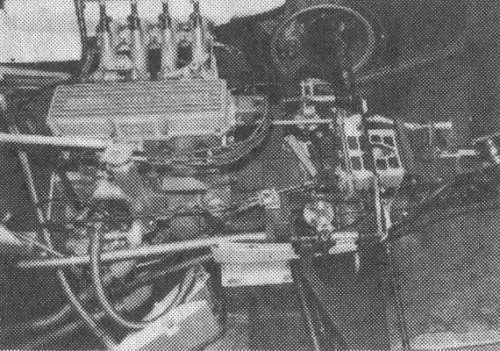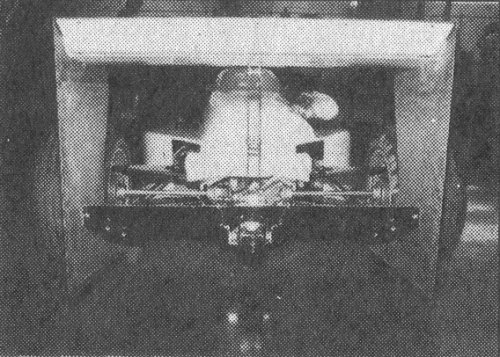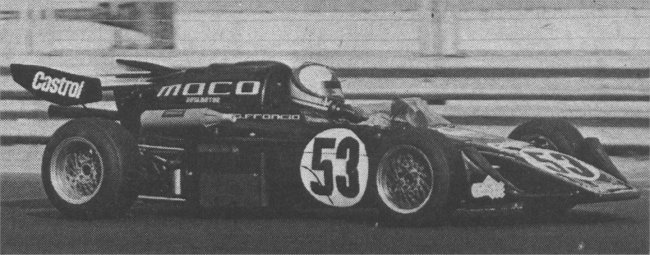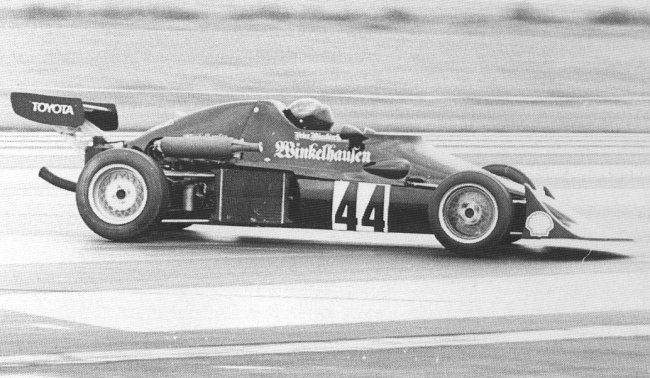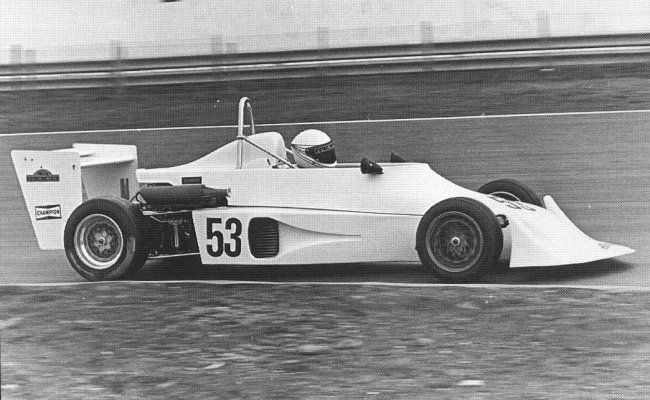Mallock-U2
Mallock-U2
1971
1972
Drivers
1964 Mk3
John Harwood.
1971 Mk11B
Ray Mallock, Richard Mallock.
1972 Mk12
Ray Mallock.
Magnum
Magnum
1981
1982
1983
1984
1985
1986
1987
Drivers
1981
1982
823
David Leslie.
1983
833
Cor Euser, David Leslie.
1984
843
Cor Euser, Bo Martinsson.
833
Mikael “Micko” Nordlander.
1985
853
Cor Euser, Paul Jackson, Jari Koiranen, Reima Soderman.
1986
853
Mark Goddard, Don Hardman.
863
Fulton Haight.
1987
Maco
Maco
1971
1972
1973
1974
1975
1976
1977
1978
1979
1980
Drivers
1971
371
Ernst Maring.
1972
372
Ernst Maring, Felix Martin.
371
Paul Fischer.
1973 373
Bernd Heuer, Ernst Maring, Felix Martin, Erhard Miltz.
1974 374
Bernd Heuer, Ernst Maring, Erhard Miltz.
1975
374
Bernd Heuer, Thomas von Löwis, Erhard Miltz
375
Giorgio Francia, Dieter Kern, Jürgen Krüger, Sommer von Löwis, Manfred Möhr, Ernst Maring, H. Schechenge, Marc Surer.
1976
376
Jochen Dauer, Dieter Kern, Manfred Leppke, Kennerth Persson, Peter Wisskirchen.
375
Bernd Heuer, Roland Saier.
1977
376B
Dieter Kern, Michael Korten.
376
Rudi Niggemeier.
1978
378
Michael Korten.
376
Frank Jelenski.
1979 379
Ernst Maring.
1980
381
Ernst Maring.
378
Thomas Holert.
377
Karl-Heinz Soll.
375
Peter Rössler.
?
Klaus Hansert, Willi Hüsgen.
1981
381
Helmut Bross, Lothar Büchler, Miguel Muniz-Rizo, Marcus Simeon, Dieter Strietzel, Jan Thoelke.
?
Klaus Hansert, Willi Hüsgen, Georg Lorenz.
1982
381
Jürgen Kurze.
?
Willi Hüsgen.
1983 ?
Willi Hüsgen.
1984 ?
Klaus Lepp.
1984
381
Peter Rössler.
?
Klaus Lepp.
1984 ?
Klaus Lepp.



